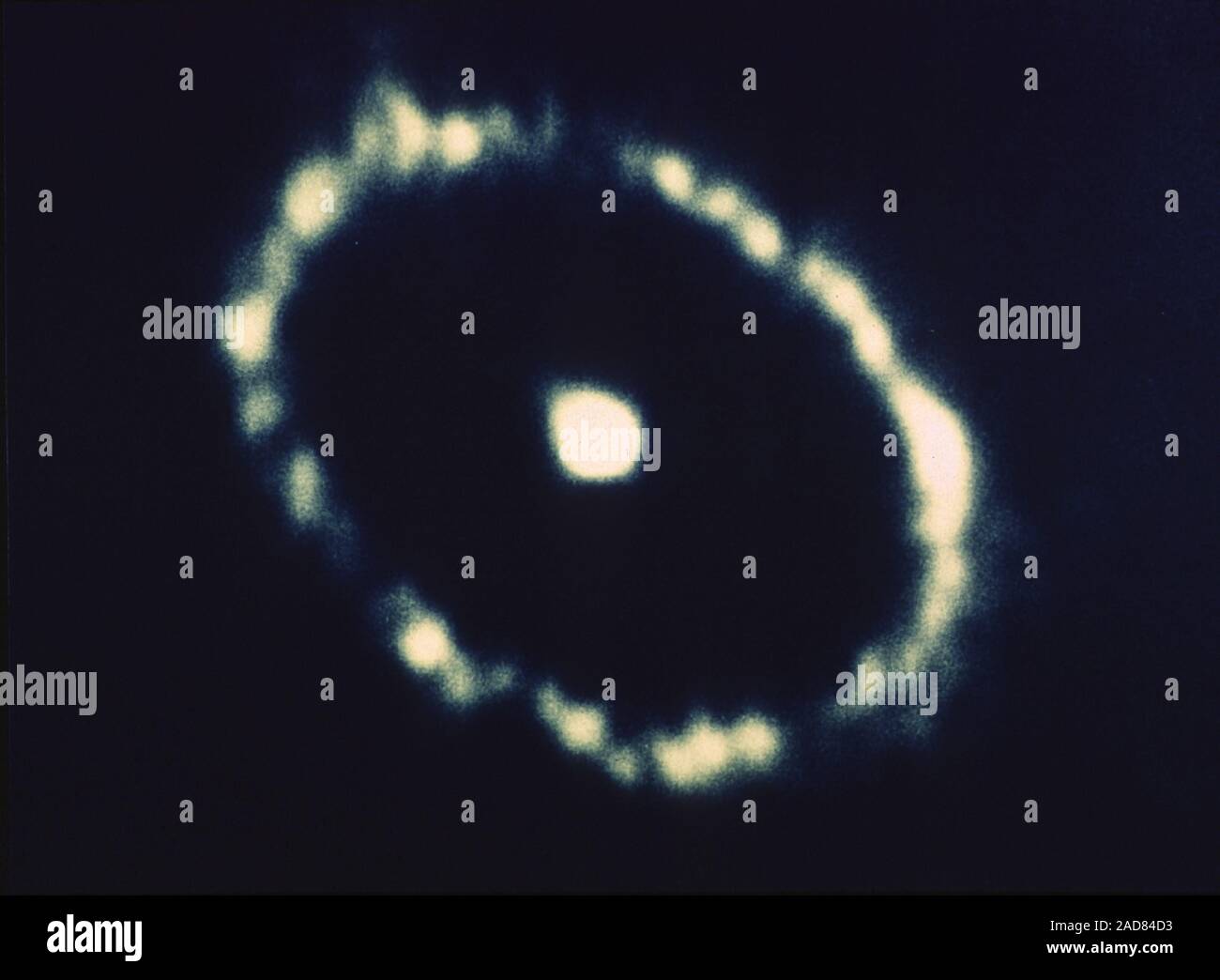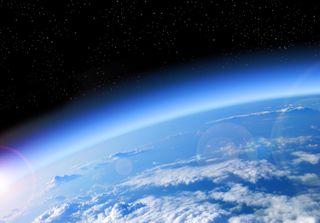Envelope of Gas Surrounding an Object in Space
A star is made of. Planetary nebula form when a typical star completes fusion in its core and ejects an.

The Caterpillar Shaped Knot Called Iras 20324 4057 Is A Protostar In A Very Early Evolutionary Stage It Is Still In Hubble Telescope Space Telescope Hubble
If you havent solved the crossword clue envelope-of-gas-surrounding-an-object-in-space yet try to search our Crossword Dictionary by entering the letters you already know.

. Enter a dot for each missing letters eg. A wasting away of the body or of an organ or part as from disuse. An envelope of gas surrounding a planet or moon.
Use the Crossword Q A community to ask for help. An envelope of plasma surrounding the sun. Not yet fully developed into a true star the object is in the earliest stages of star formation and has just begun pulling in matter from a surrounding envelope of gas and dust according to a.
High-energy radiation that is emitted from the sun to all directions in space. Planet that is third from the sun. Satellites object in orbit Comets celestial object consisting of a nucleus of ice and dust and when near the sun a tail of gas and dust particles pointing away from the sun Asteroids small rocky body orbiting the sun Protoplanets large body of matter in orbit around the sun or a star and thought to be developing into a planet.
NASAs Hubble Sees a Cosmic Caterpillar. The eight-month trip to Mars for example will expose. Data taken by the Stratospheric Observatory for Infrared Astronomy shows radiation from water vapor within envelopes of gas that rotate around distant stars allowing astronomers to determine the abundance of water vapor in the chemical composition of stellar outflows.
Cooler darker area on the suns surface. Harsh winds from extremely bright stars are blasting ultraviolet radiation at this wanna-be star and sculpting the gas and. The stars outer layers expand and cool creating a huge envelope of dust and gas.
Electric charge is treated as a continuum of charge that is distributed within a volume or area of space. Although planetary nebulae can appear similar to planets like Uranus and Neptune they are actually gas clouds surrounding stars typically hundreds of light years away. Envelope of gas surrounding an object in space.
Not yet fully developed into a true star the object is in the earliest stages of star formation and has just begun pulling in matter from a surrounding envelope of gas and dust according to a. The cradle revealed in photographs taken with NASAs Spitzer Space Telescope consists of a flattened envelope of gas and dust surrounding a young protostar. A star such as the sun and all of the objects that revolve around it in space is called a.
Planet that rotates in the opposite direction from the others. But the meat of the story is not only what this cosmic caterpillar eats for lunch but also whats eating it. The atmosphere is the thin envelope of gas molecules surrounding the Earth.
The youngest unborn star currently known. When molecules in astronomical objects are in a high-energy state being. Object smaller that a planet that orbits a star.
The team detected. The atmosphere is concentrated at the Earths surface and rapidly thins as you move upward blending with space at about 100 miles above sea level. Astronomers caught a glimpse of a future star just as it is being born out of the surrounding gas and dust in a star-forming region like this image.
An object soearly in its formation that it isnt fully developed into a true star. Just-forming stars like growing babies are always hungry and must feed on huge amounts of gas and dust from dense envelopes surrounding them at birth. Unidentified infrared bands Unknown objects in space that produce unidentifiable infrared emission patterns.
This story was updated June 22 at 1240 pm. This light-year-long knot of interstellar gas and dust resembles a caterpillar on its way to a feast. A stream of glowing gas that shoots out from the sun in an arch.
Not yet fully developed into a true star the object is in the earliest stages of star formation and has just begun pulling in matter from a surrounding envelope of gas and dust according to a new study that appears in the current issue of the Astrophysical Journal. Astronomers have glimpsed what could be the youngest known star at the very moment it is being born. The envelope of gas that surrounds an object in space is a space charge.
The envelope of gas surrounding an object in space is. Not yet fully developed into a true star the object is in the earliest stages of star formation and has just begun pulling in matter from a surrounding envelope of gas and dust. A brief eruption of intense high-energy radiation from the suns surface.
Pictured above is the planetary nebula NGC 5882 captured by the Hubble Space Telescope. Not yet fully developed into a true star the object is in the earliest stages of star formation and has just begun pulling in matter from a surrounding envelope of gas and dust according to a new study that appears in the current issue of the Astrophysical Journal. Large object in space that orbits a star.
The studys authorswho include astronomers from Yale University the Harvard-Smithsonian. Radiation flowing from the dying star ionizes this envelope. Now a team of astronomers including.
It is held down by Earths gravitational pull. Protoplanetary disk Disk of gas and dust surrounding a new planet. Your source for the latest research.
An astronauts muscles can atrophy after time in space so they must exercise. A dark area on the suns surface that gives off less energy than the rest of the sun is a. Hasbeen caught on.
PZZ will find PUZZLE Also look at the related clues. A dark spot appearing from time to time on the suns surface. A gaseous envelope that surrounds the sun outside the photosphere from which large quantities of hydrogen and other gases erupt from.
The Solar System can be regarded as gravitationally bound system of the Sun as well as others objects.

A Nasa Hubble Space Telescope Image Of A Gaseous Ring Surrounding The Supernova 1987a Which Exploded On February 23 1987 In The Large Magellanic Cloud An Irregular Satellite Galaxy Of The Milky

Levels Of The Atmosphere Kidspressmagazine Com Science Lessons Earth Science Teaching Science

Why Does Earth Have An Atmosphere Live Science

Mozez Wright Google Astronomy Space Telescope Space And Astronomy
0 Response to "Envelope of Gas Surrounding an Object in Space"
Post a Comment